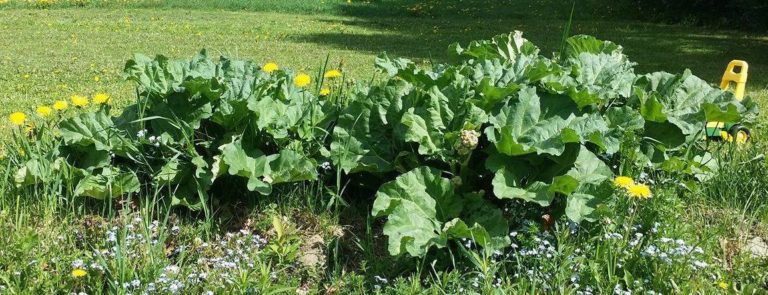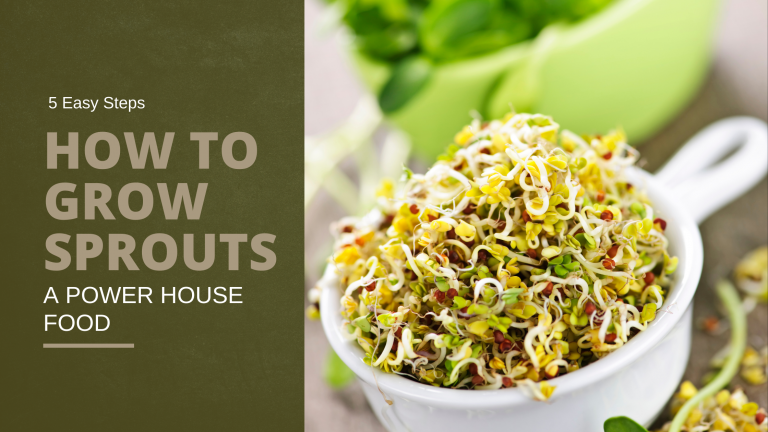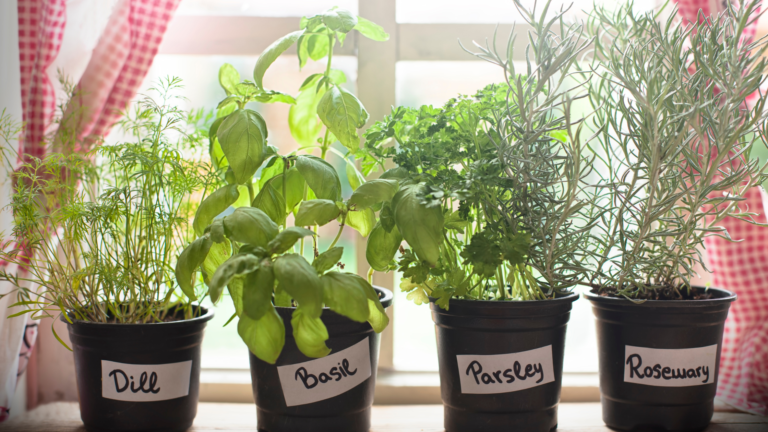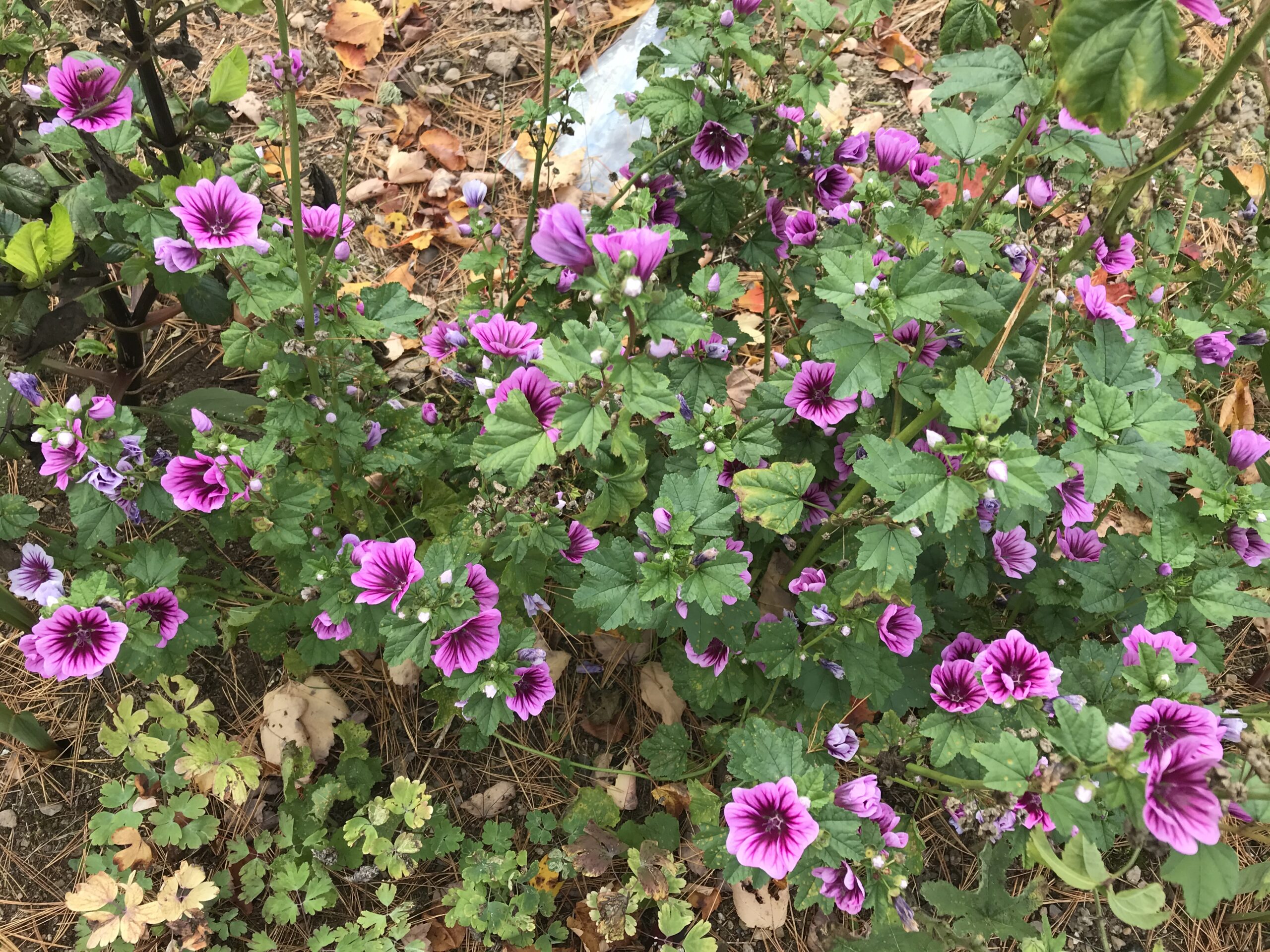How To Start Growing Coneflowers From Seed
If you’re ready to give gardening a go, growing coneflowers from seed is an excellent start! Not only do these cheerful blooms bring vibrant colors and life into your garden but they also provide beautiful long-lasting flowers for many months of the year.
This post contains affiliate links, which means I receive a small commission, at no extra cost to you, if you make a purchase using this link. Please see my disclosure for more details.
Did I mention that growing coneflowers from seed is incredibly easy? I’ve actually got them included in my 10 easiest flowers to grow from seeds list. You’ll be amazed at how rewarding it can be! In this blog post, I’ll take you step by step through the process of starting and caring for your own coneflower plants from seed. So grab your gardening gloves, get planting, and let’s grow some gorgeous coneflowers together!
How to Choose the Right Coneflower Seeds
When I first started growing coneflowers from seed, I bought a pack of your standard purple coneflower seeds. Since then, I’ve been collecting my coneflower seeds from my own established plants. There are actually a few different ways to multiply your echinacea!
There are so many different colors and kinds of coneflowers on the market now! Enjoy looking at all the options available to you, just be sure to check that the variety you choose will grow in your particular climate and soil type.
I had the opportunity to collect seeds from a friend’s cut flower garden this past fall…and boy does she have a gorgeous collection to choose from. I can’t wait to start germinating them this weekend to expand on the coneflower varieties in my garden!
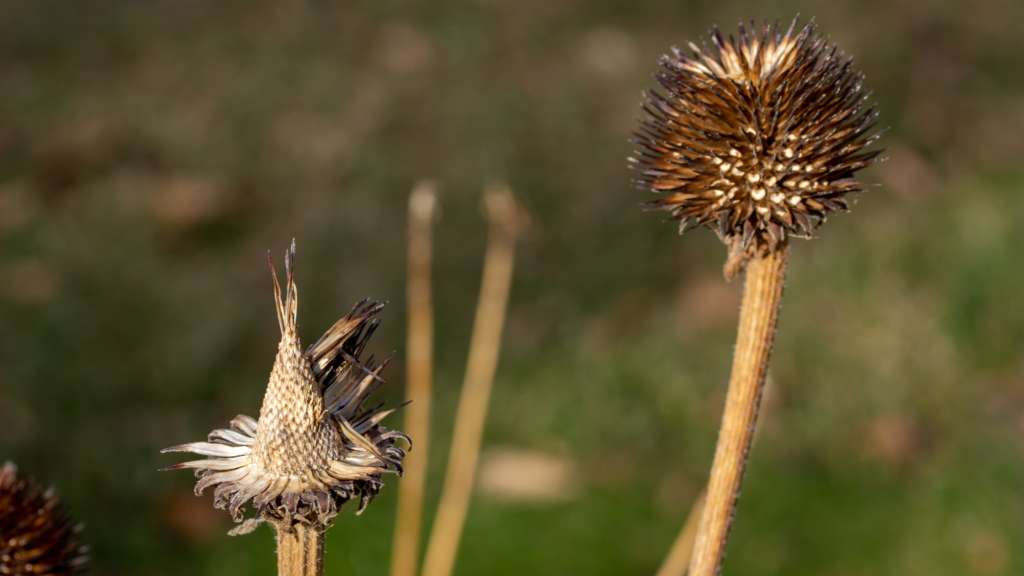
When & Where Should You Plant Your Echinacea From Seed
When it comes to growing coneflowers from seed, timing is everything! From personal experience, I’ve found that starting the seeds indoors eight to ten weeks before your last frost date gives them enough time to germinate and grow into healthy plants. This works especially well for gardeners living in colder climates who want to get a jump on their gardening season.
If you are more of a warm-climate gardener, then you can simply direct sow your coneflower seeds right into the garden once temperatures begin to warm up. Planting your echinacea seeds directly into the soil after all danger of frost has passed will give them plenty of time to establish themselves before winter hits again.

How To Plant Coneflower Seeds Indoors
1. Fill a seed tray with light and airy potting soil. Water the soil until it is moist but not soggy. It should be the consistency of crumbly cookie dough. I’ve written about starting seeds indoors in the past with more in-depth instructions, but my favorite seed-starting mixes when I’m not making my own are the Miracle-Gro Seed Starting Potting Mix and the Pro-Mix Organic Seed Starter Mix.
2. Sprinkle the coneflower seeds across the surface of the soil, spacing them out evenly so that each seed has enough room to grow. Alternatively, you can plant individual seeds in small seed pots. I usually plant 3 seeds spaced evenly in each small cell in my planting trays when first starting them.

3. Press the seeds lightly into the soil, then cover them with a thin layer of potting soil. If you feel your soil may not be moist enough, spray the top of the soil with a spray bottle. Keep reading for more information on continued watering and fertilization of your coneflower seeds and baby coneflower seedlings.
4. Place your seed tray in an area that gets plenty of light and keep the soil evenly moist while waiting for your coneflower seeds to germinate. I place my seed starting trays in my amazing 3-tier light garden, but you can always place them on a large window sill. I’ll discuss lighting tips for coneflower seedlings in more detail later. There are benefits to using both natural light and artificial light.
5. Keep checking on your coneflower seeds and seedlings frequently, as they will soon start to sprout! Once all of your coneflowers have germinated, you are ready to begin the next step in their journey—transplanting them into individual containers so you can grow them into nice strong coneflower plants before transplanting them to their future home outside.
How Much Sunlight Do Coneflowers Need When Growing From Seed
Coneflowers are sun-loving plants and need at least 6 hours of direct sunlight on a daily basis in order to thrive. Whether you’re starting your coneflower seeds indoors or out, be sure to locate them where they will get plenty of bright light.
If growing indoors, place seedlings near a bright window or use a grow light to ensure they get the amount of light that they need. If growing outdoors, choose a sunny spot in your garden where the coneflowers will receive at least 6 hours of direct sunlight each day.

Tips For Watering and Fertilizing Your New Coneflower Plants
Once your coneflowers have sprouted, you will need to water them regularly. How often you will need to water is dependent on the temperature and humidity of your location. In general, if the soil is dry an inch or so below the surface, it’s time to give them a drink!
When the coneflower seeds have not yet germinated or when the seedlings are very small, you can use a spray bottle to water them making sure to get that top inch of soil moist.
Once your seedlings have grown a bit, you can water from the bottom. Make sure your seed starting cells or pots are in a planting tray. I always empty any unabsorbed water out of the tray after 30 minutes or so.
For optimal growth, fertilize your coneflowers with a balanced fertilizer every two weeks. Be sure to follow the directions on the package for proper dilution and application as too much fertilizer can burn your plants! There are typically different directions based on the size of your seedlings or plants.
How Long Does it Take for Coneflowers to Bloom from Seedlings?
It generally takes one to two years before your coneflowers will actually bloom. Be sure to keep an eye on your plants throughout the growing season, as they will likely surprise you with blooms sooner than expected!
Most people will say that you will begin seeing blooms the following summer after the summer that you transplant them outside. In my experience, I’ve seen some blooms the same summer that I transplanted them outside.

Common Problems with Growing Coneflowers From Seed and How To Avoid Them
The most common issue when starting coneflowers from seed is that they may not germinate. This can be due to a number of factors including temperature, light, water levels, and soil quality.
If you are having issues with your coneflower seeds not germinating, then it could be due to the temperature or light levels being too low. Make sure you give them plenty of warmth and bright light for optimal germination rates.
Another common problem is damping off—this occurs when either a fungus or bacteria infect the plants at the soil level. To avoid this, make sure to use a sterile potting mix and don’t overwater your seedlings.

The Last Thing You Need To Know Before Growing Coneflowers From Seed
The last thing you need to know before starting your own coneflowers is that it can take some patience. It’s important to remember that plants grow at different speeds, so some may bloom earlier than others. Don’t be discouraged if one takes longer than the other; just enjoy watching them grow!
Good luck and happy planting!
Bonus Tip: If you plan on saving coneflower seeds for next year, collect them when they are dry and brown (usually in late summer/early fall). Make sure the seed heads are completely dry before storing them in an airtight container away from direct sunlight. This will help prevent any moisture or humidity from damaging the seeds. You’ll be one step closer to growing your own coneflowers the following season! Enjoy!


